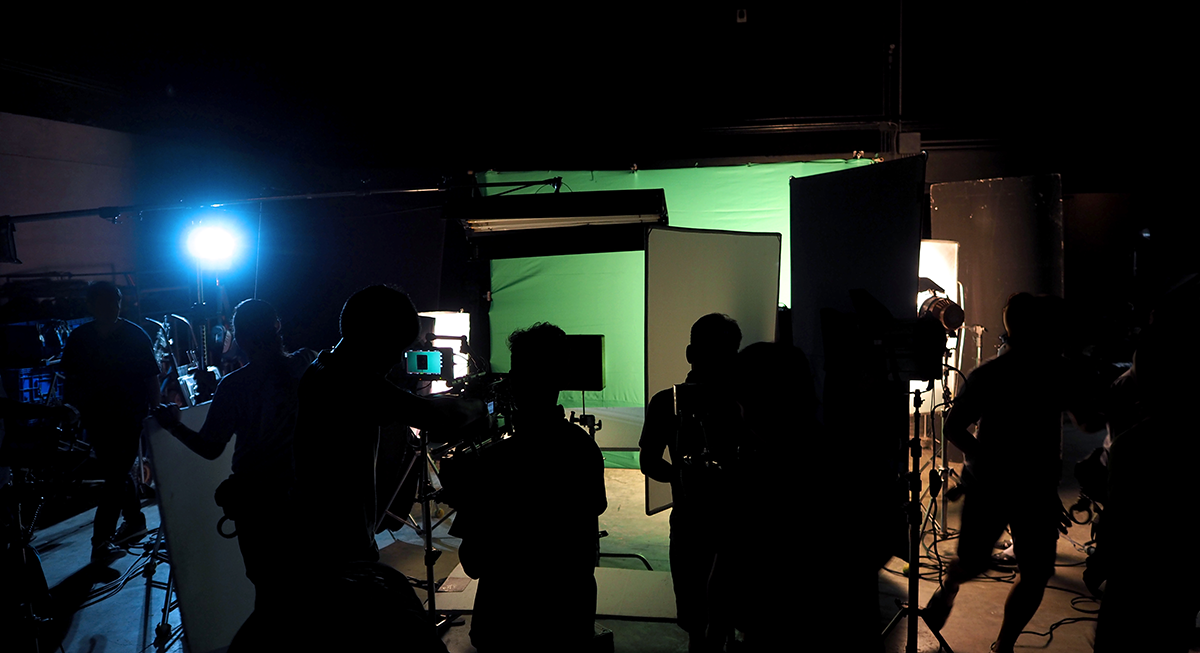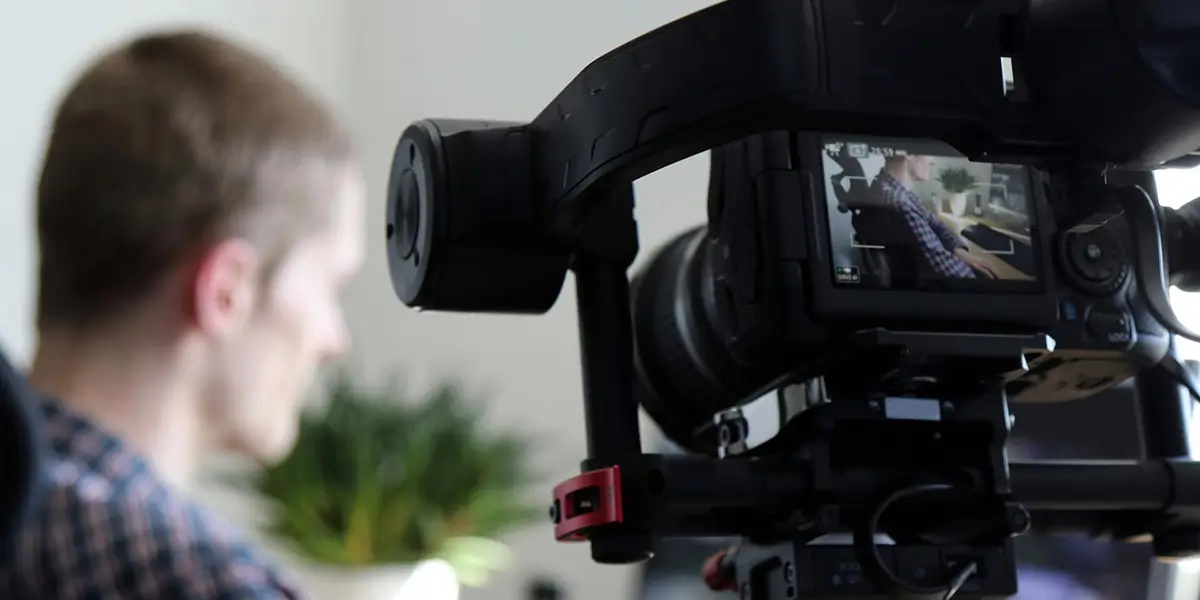Planning a video might seem simple at first. Call someone, show up, film, done. But once projects start moving, most people realize there’s more to it.
There’s a reason the industry splits it into four video production stages. Not for jargon—but because skipping any step can lead to problems later.
We’ve worked with a mix of Orlando businesses over the years. Some needed training videos for internal teams. Others wanted customer interviews or short clips for social media. No two projects have been the same, but skipping steps in the process has caused problems every time.
Most projects end up following the same general path: first there’s planning, then filming, followed by editing, and finally delivering the product.
Here’s how the process typically works.
1. Pre-Production: First Step in the Video Production Stages
Most issues we’ve seen on shoot day trace back to poor pre-production. This first of the four video production stages covers everything before anyone presses record.
Before filming starts, a few things often need double-checking. Sometimes someone still needs to approve the plan. Other times the script isn’t quite final, the location’s still in question, or we’re waiting on confirmation that everyone scheduled for production day will actually be there.
There have been times where we’ve shown up ready to work, and neither our crew nor the on-site staff knew the production day had been canceled. When that happens, it usually traces back to a last-minute decision that didn’t get communicated to everyone involved.
Poor planning or rushing through this part often leads to wasted time and added costs later.
2. Production: Filming the Content
Production is when cameras come out and the filming starts. Everything built during pre-production finally moves in front of the lens.
No two production projects feel the same. One might have us crammed into a small office, working around background noise and helping someone unfamiliar with being on camera. Another could involve filming a scripted scene with actors and planned dialogue, repeating the same shot from different angles until it feels right.
We get the equipment in place and run through sound checks, but things shift once filming starts. Sometimes we’re moving a light, other times we’re fixing how a shot looks. If someone on camera needs a break or another take, that happens too.
Some clients stay behind the scenes to help guide things. Others step in front of the camera themselves. Either way, we keep checking in as the day goes on to make sure we’re capturing what’s needed for editing.

3. Post-Production: Editing the Footage
Post-production is the part where all the footage gets turned into something watchable. We go through everything shot—some of it useful, some not—and figure out what’s worth keeping.
How much there is to work with depends on the project. A testimonial usually gives us one long answer to trim down. Event coverage such as a conference is the opposite—we’re sorting through hours of footage from keynote sessions, breakout rooms, exhibitor booths, networking areas, and crowd reactions throughout the day. Commercial shoots bring their own thing—lots of takes, different angles, and plenty of decisions about which version feels right.
Along the way, we clean up audio, fix color issues, and add music or graphics if the project needs them. Once we’ve got a first draft together, we send it over for client feedback. Then we make whatever changes are needed until it’s ready to go.

4. Distribution: Final Step in the Video Production Stages
After editing, the next step is delivering the finished video. Some video production companies stop at post-production. We treat distribution as a separate step because what happens after delivery depends on the client and the project.
For most of our video production projects, once the final file is ready, we upload it to Dropbox and send it over to the client. After that, they take care of using the video however they need—sometimes that means posting online, sometimes adding it to their website, or sending it out by email.
Some video production companies handle that part too, managing uploads or running ad campaigns. That’s not something we provide, but making sure the client has a finished, ready-to-use file is always part of our process.
Final Thought
The video production stages aren’t something we made up—they’re how projects actually get finished. We’ve seen how giving each part the time it needs makes everything go smoother in the long run.
If you’re in Orlando and working on a video project, and you want support with any stage, contact us today.






